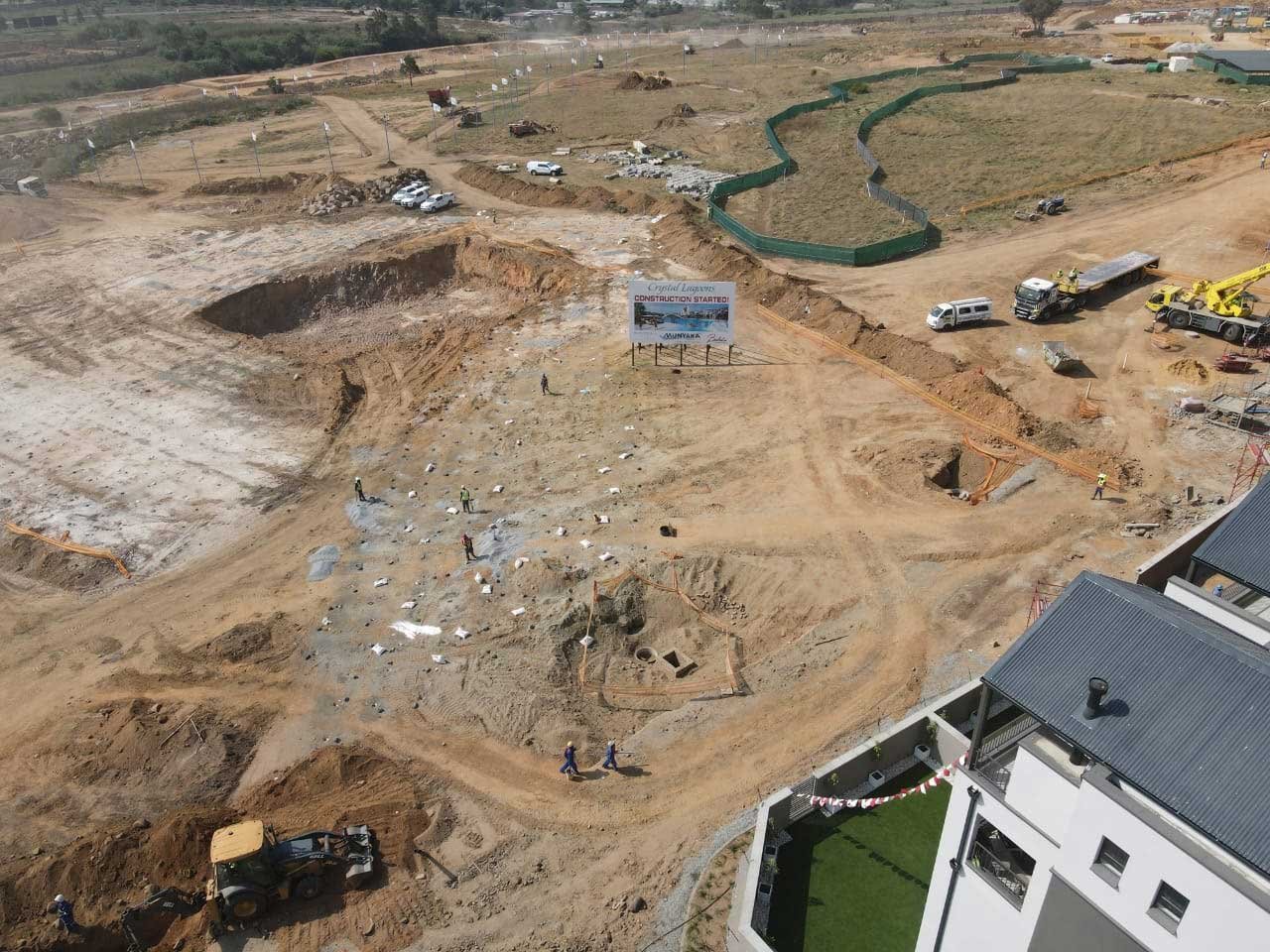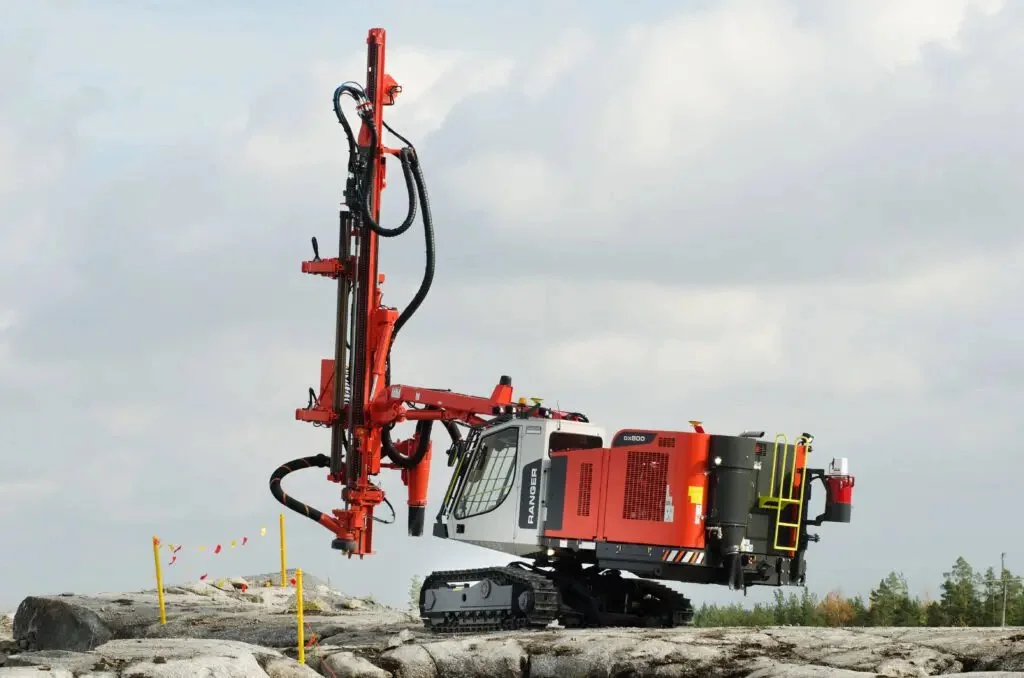
Drilling & Blasting
Hendor Drilling & Blasting was established in 2007 and has since grown into an industry leader offering a Safe, Professional, and Expert Service to the Civils and Mining sector.
Hendor Drilling & Blasting has become synonymous with safety & professionalism, meeting customer deadlines all whilst keeping to the parameters given.
Hendor prides itself on Safety and has an excellent safety record. Our personnel undergo regular training to keep up to date with the changes to the Occupational Health & Safety Act and Regulations and Explosives Regulations. We will continue to limit the risks associated with drilling & blasting.
Hendor has demonstrated its ability to offer excellent service. Our Blasters are expertly trained in the use and application of various blasting initiation systems including electronic blasting for precision detonation, as well as conventional blasting and chemical cracking. We only procure explosives from reputable suppliers.
Backed by vast years of collective experience between personnel, Hendor Drilling & Blasting has built up a reputation of offering a professional service from inception to completion. No job is too big or too small. Every job is completed with the same level of professionalism from start to finish.
Services
-
Hydraulic drill rigs are surface drill rigs typically designed to work in Quarries, Open-Pit Mining and in the Construction industry where rock is encountered. Surface drill rigs for blast hole drilling cover a hole diameter ranging from 89mm to 140mm.
Our hand drilling services are performed using compressors & rock drills. Rock drills can typically drill a diameter of 32mm to 38mm with a depth of approximately 3 meters.
-
Bulk Blasting is also typically found in the Construction & Mining Industry. The aim of bulk blasting is mainly to remove large quantities of rock, to prepare or level a construction site and not to expose a mineral or rock formation.
-
The quarrying technique consists of drilling and blasting to fragment the rock. A large number of charges are fired at one time, producing up to 20,000 tons of broken stone in one blast.
-
Trench blasting, also known as pipeline blasting, is a process of using controlled explosives to facilitate the excavation of rock in trenches. This process is completed by drilling holes into the rock formation where explosives are then placed.
-
Digital Blasting Machine is an electronic device used to verify, arm and fire detonators. It is also available with remote control functionality. Wireless Remote Firing Device (WRFD) allows a blaster to control the blasting procedure from a safe distance without the need for a lengthy copper wire link.
-
Pre-split Blasting is a controlled blasting procedure that is used to produce a shear plane within the rock mass. Most often used to produce a clean, relatively solid rock-cut face. Pre-split blasting involves using holes that are more closely spaced and lightly loaded than production blast holes.
-
Blast-casting practice in opencast mines is characterised by large blast hole diameter and large charges. The powerful energy produced by the explosive would break the rock mass into pieces and then eject them from the working bench.
-
This technique helps in reducing the crushing, fracturing and overbreak of the remaining rock and least disturbance to the strength of the intact rock mass. This blasting method is aimed at reducing ground vibrations and fly rock.
-
Precision blasting uses small diameter holes in the rock with small amounts of explosives. Blasting small amounts of rock in a sequence does not allow more than a fraction of the total available energy to be released at any one time, keeping the PPV within the recommended levels.
-
Hammering the rocks or hard terrain to break it up into smaller, more manageable pieces. In order to break up the ground or rocks so that the debris can be removed.
-
This is a soundless chemical expansive mortar, otherwise known as a rock-breaking chemical. It comes in a powder form and when mixed with clean water, the product then swells and exerts a significant expansive force inside the hole, fracturing the material and splitting the rock.
-
The fundamental principle of blast design is most often the distribution of an explosive in the rock, where “distribution” is considered to be a combination of blast pattern and explosive density.
-
A Seismograph machine is used to measure the PPVs and sound decibels of a blast to ensure that the blast is within the legal limitations.
-
We offer extensive consulting services to the Construction & Mining Industry. We provide drilling & blasting plans, as well as method statements.
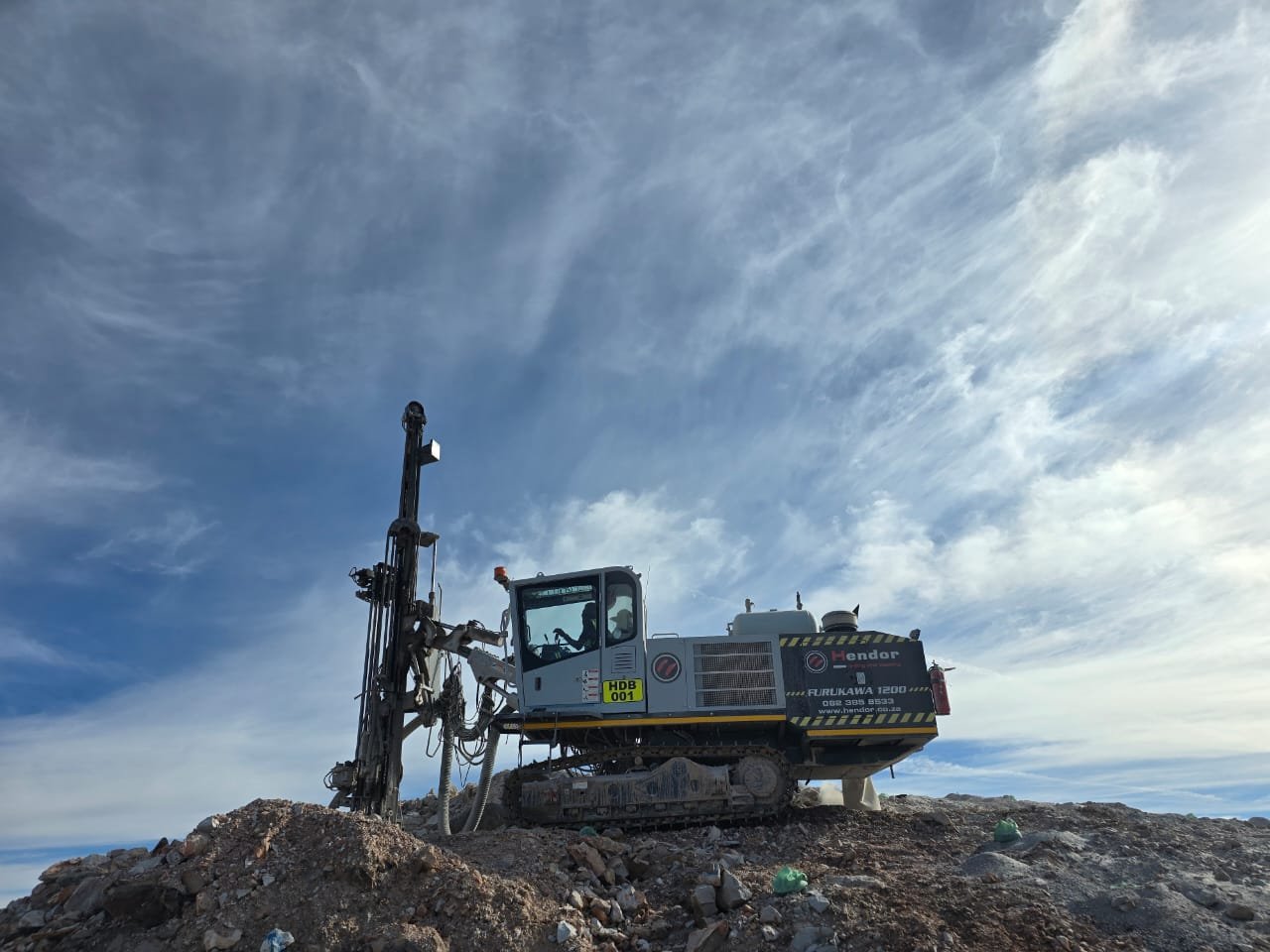
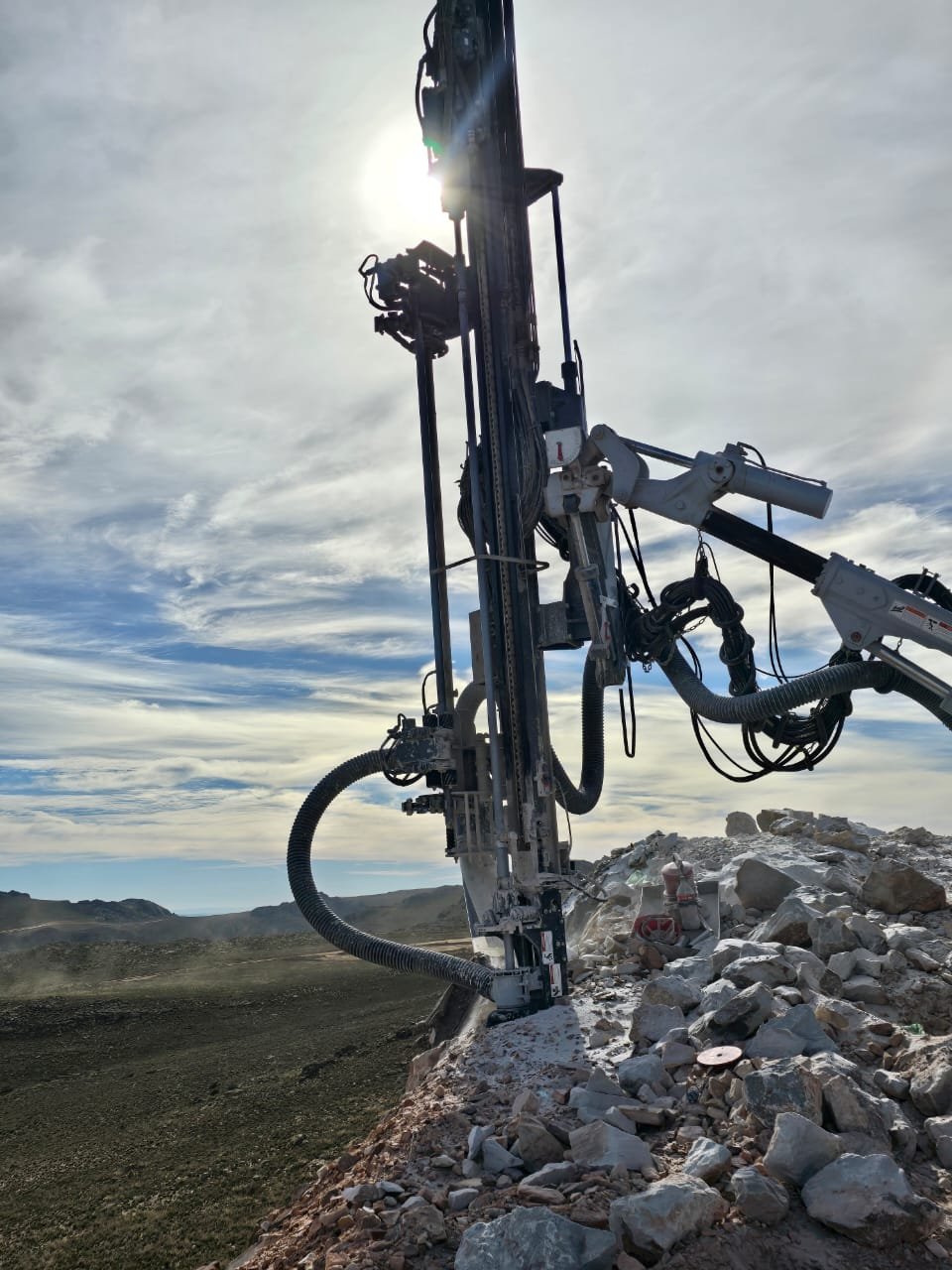
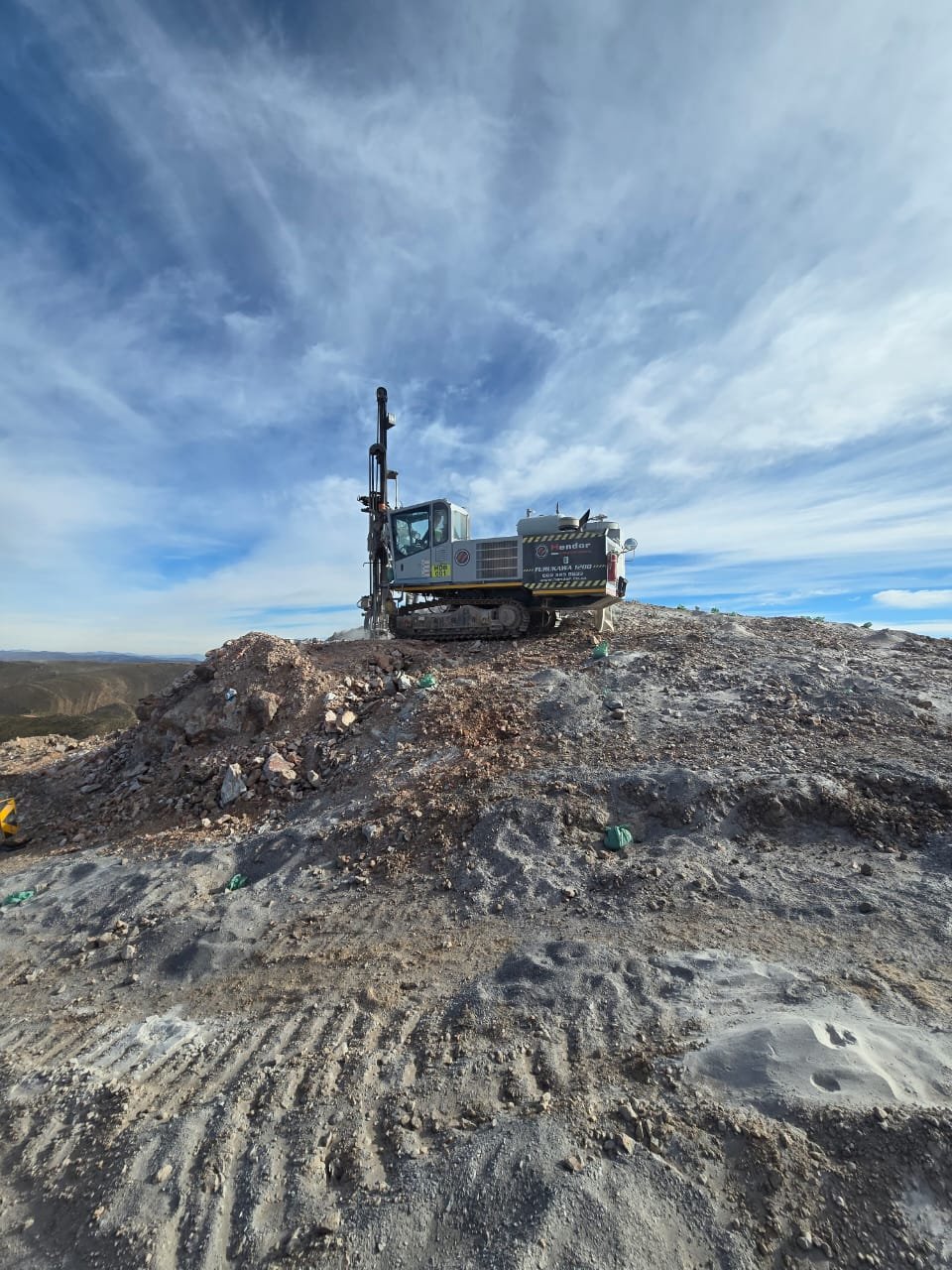
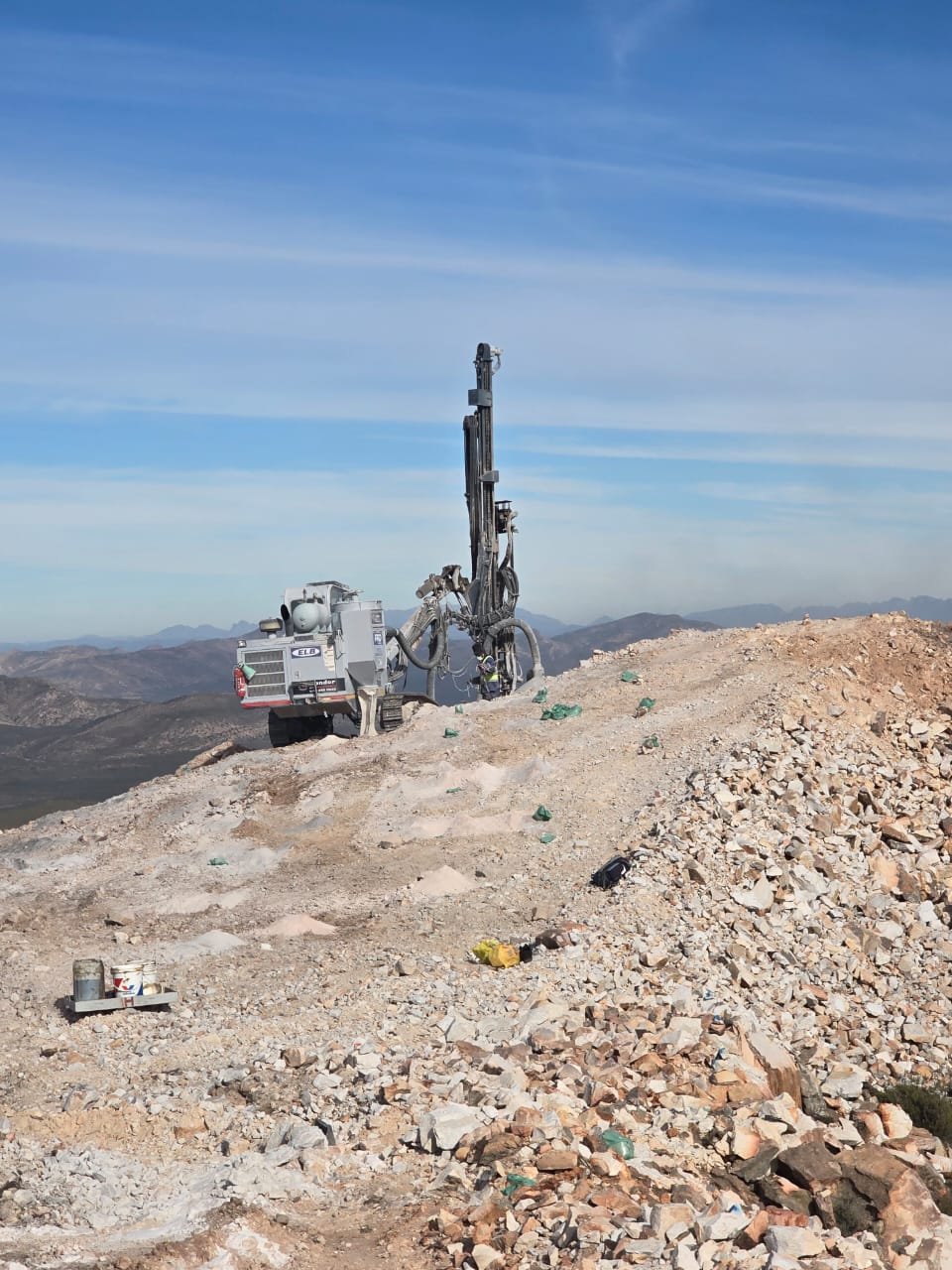
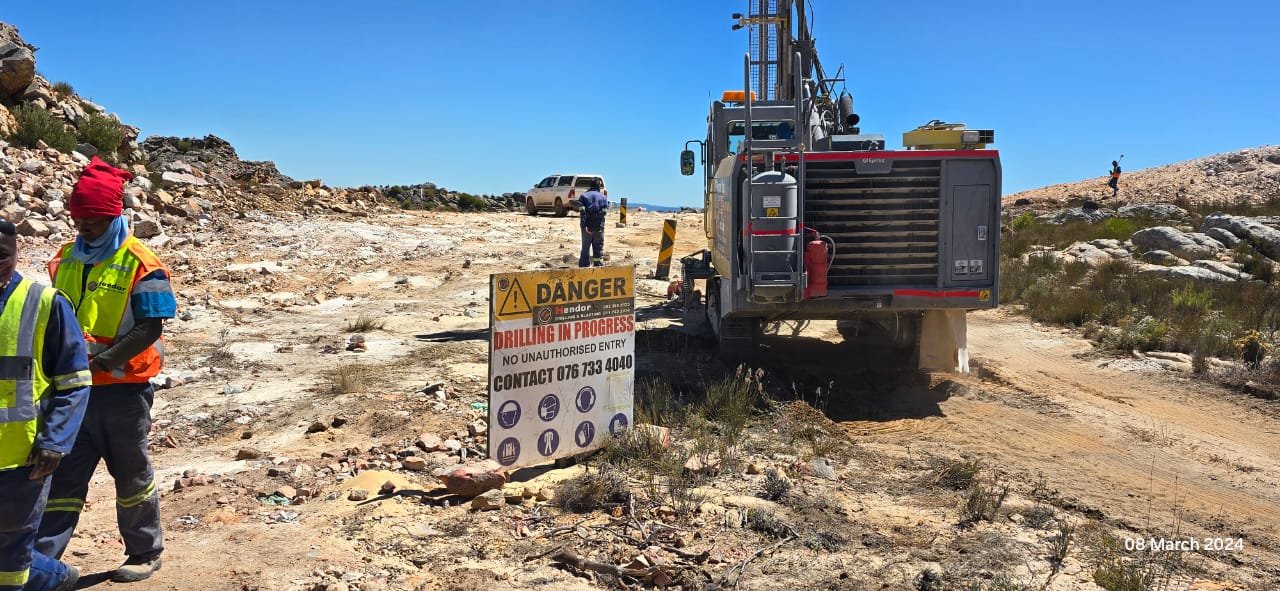
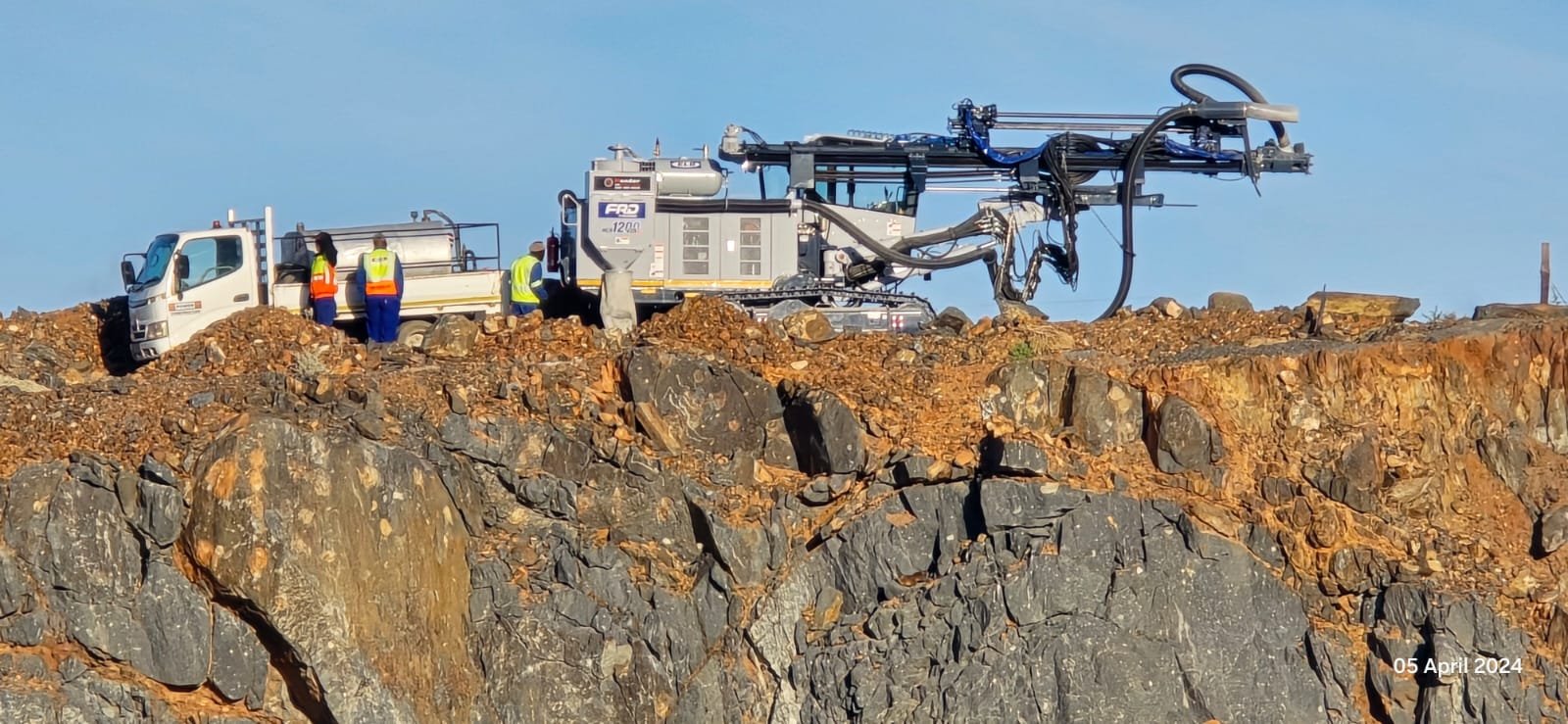
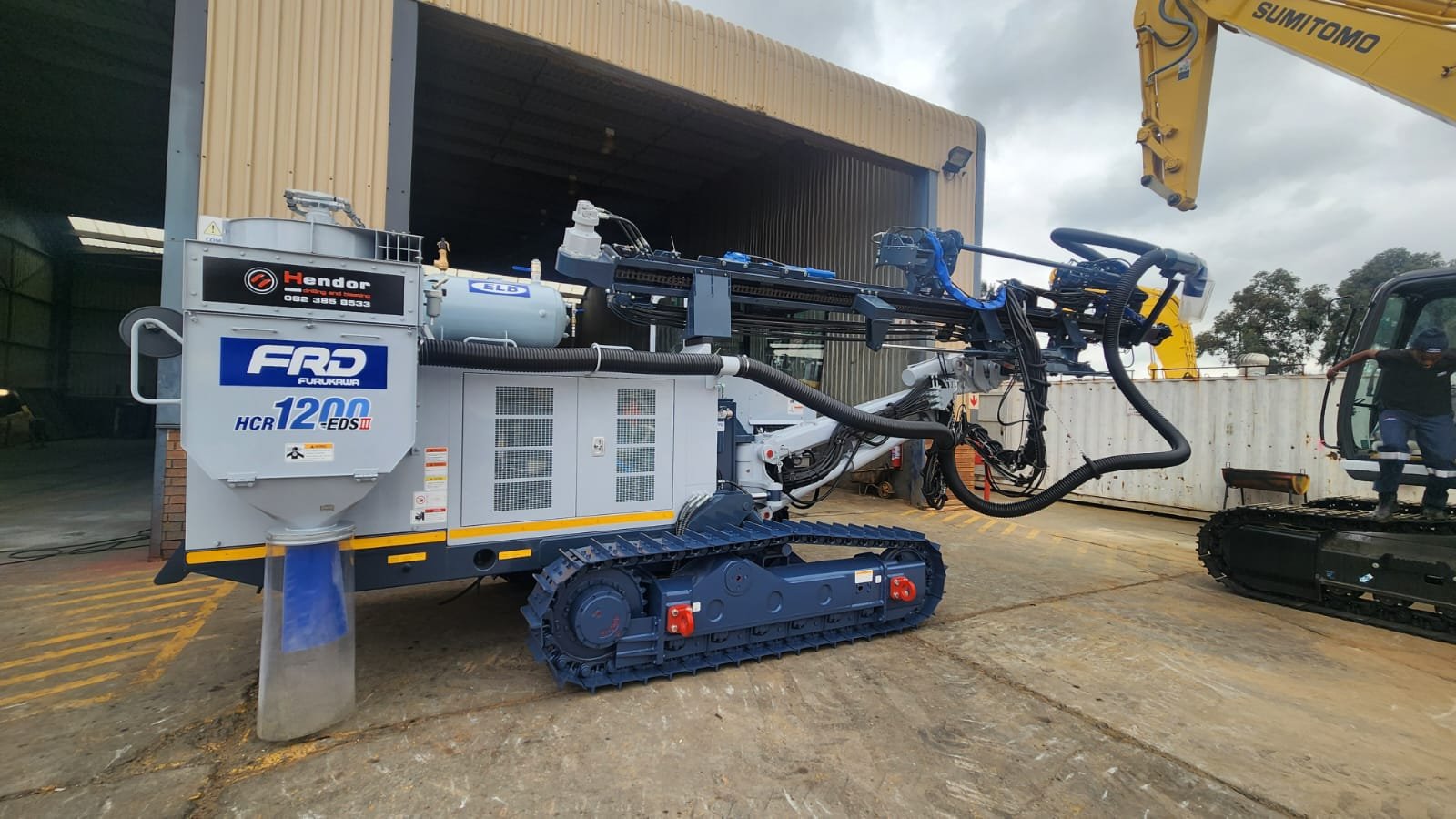
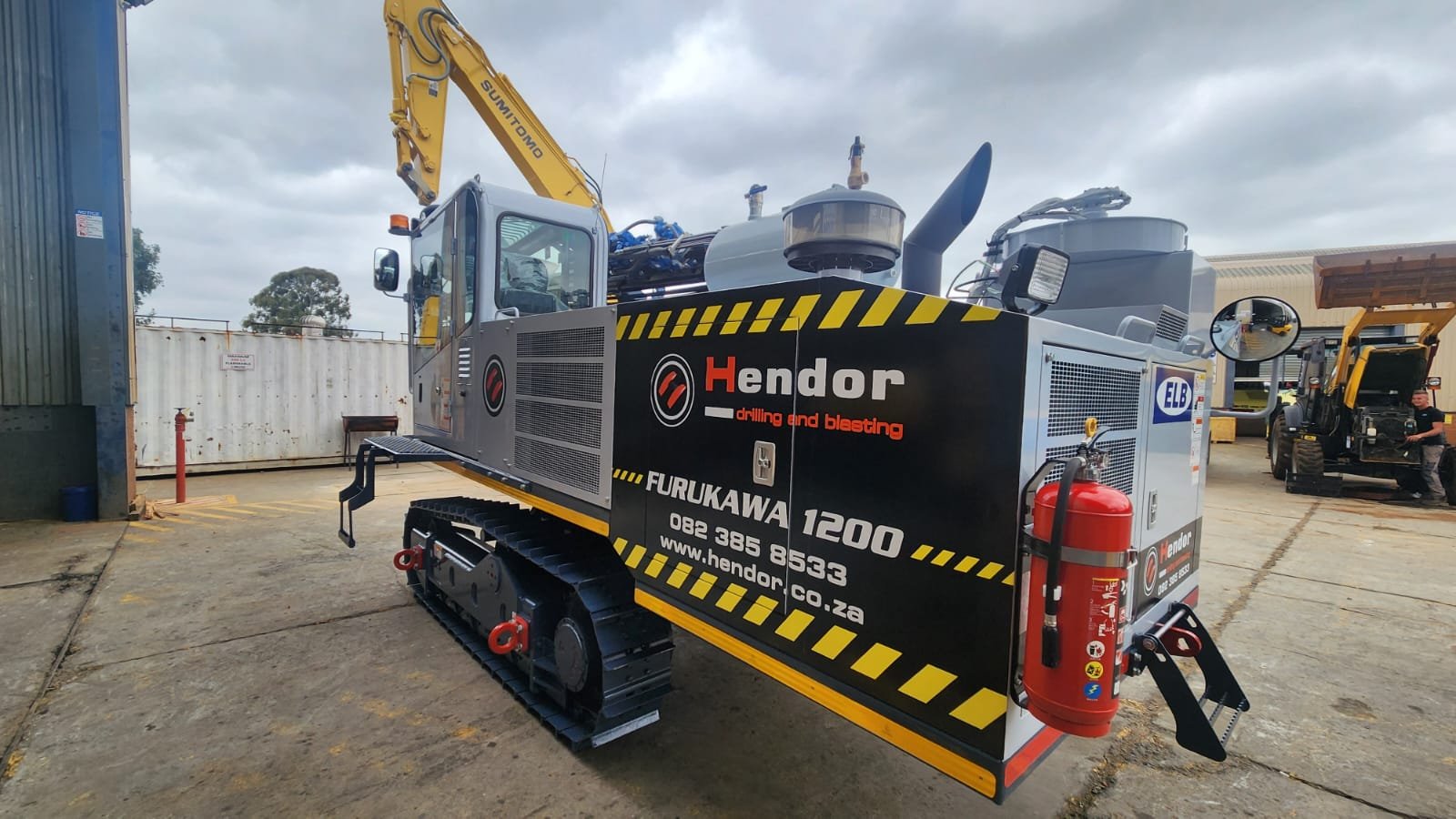
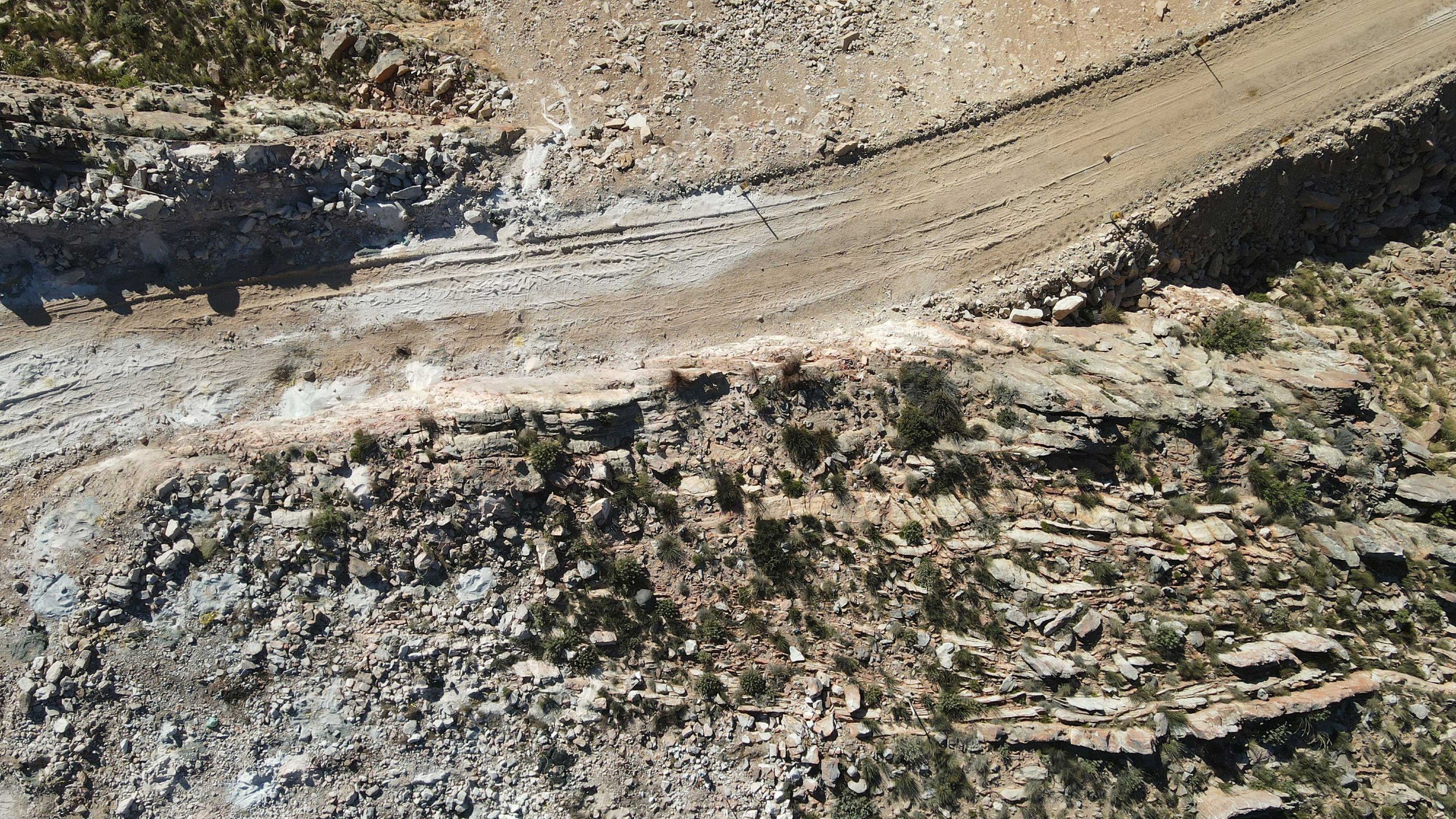
Certified & Qualified
Hendor Drilling & Blasting is certified in the handling and usage of all explosive types. We have a trusted team of qualified experts to deal with your needs and concerns. Our personnel are highly trained in their various fields to offer you the best service and advice and tailor-made solutions to suit your needs.
We have successfully completed many projects in the Construction, Mining & Roads Industries, including:
• Restrictive/ Controlled Blasting for Windfarm Projects
• Bulk Blasting for Dams & Lagoons
• Trenching for Pipelines
• Platforms for Factories/Buildings
• Basement Blasting
• Road Cuttings
• Quarries for Aggregate
• Coal Quarries
• Borrow Pitt
PowerROC T35
Surface drill rig for construction operations, aggregate and quarrying.
Outstanding Flexibility and reachability in various applications
Sandvik Ranger DX800
Surface top hammer drill rig.
Engineered for work in challenging terrain
Our Clients
